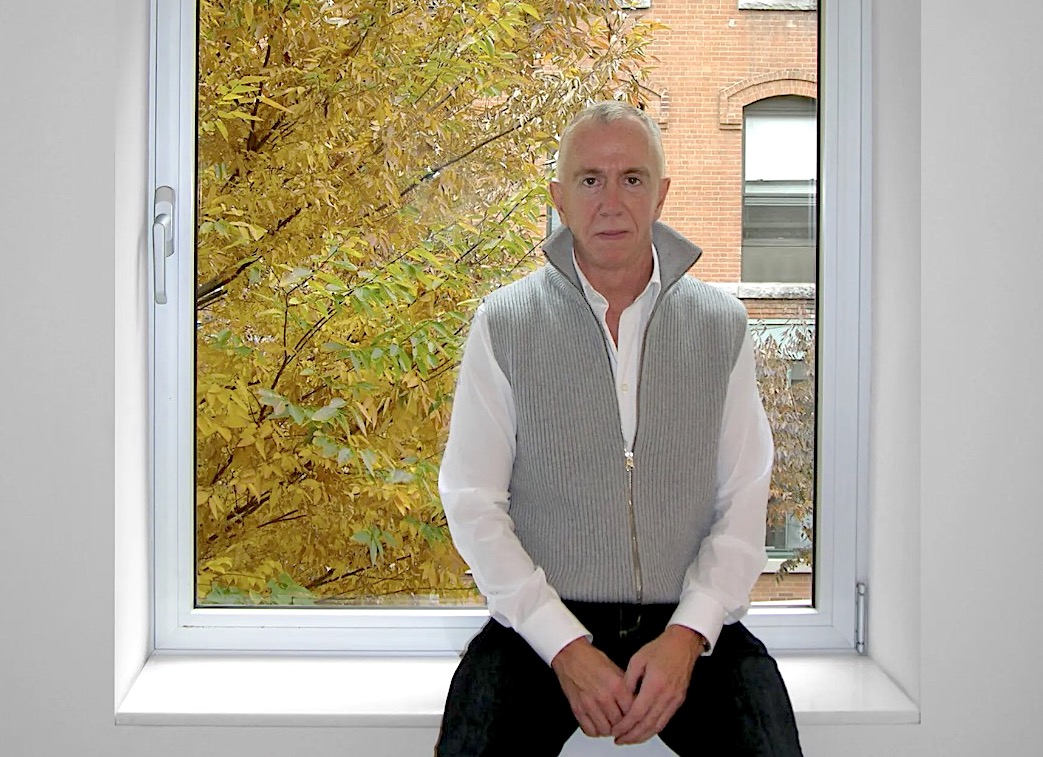Stone Deaf (Drawing)
2009 - Drawing & Print (Drawing & Print)
160 x 100 cm
Milena Bonilla
Milena Bonilla’s discursive practice explores connections among economics, territory, and politics through everyday interventions. Her drawings, sculptures, and photography are active investigations into our often-fallible notions of history. Stone Deaf (2009) is a direct intervention into Karl Marx’s gravesite, for which the artist literally traced the history of Marx’s grave. She traveled to Highgate in London seeking the gravesite, only to find a plaque stating that Marx’s remains had been removed in 1954 to another part of the cemetery. She discovered that this had taken place at the behest of the British Communist Party, and that the deceased was now in a more prominent location, marked with a bust and a monument. Bonilla’s rubbing of the original plaque celebrates an anti-monument, so to speak, calling into question Marx’s life and legacy.
Milena Bonilla’s discursive practice explores connections among economics, territory, transit, and politics through everyday interventions. Her drawings, sculptures, installations, videos, texts, public interventions, and photographs are active investigations into our often-fallible notions of history. The artist’s current practice involves explorations of knowledge interpreted as a work force, and of nature as an entity colonized by language, consumed on a massive scale through images. For the last decade or so, Bonilla’s work has specifically explored the dichotomy of the Aristotelian categories of physis (nature) and logos (reason). The artist’s impulse to exert control over this relationship results in political armatures that ultimately seek to limit interactions between living systems, and to confront our biases regarding the relationships between thought and action.
Colors:
Other related works, blended automatically

© » KADIST
Edgar Arceneaux
2006Untitled (Wheelchair Drawing) is a ten-foot photo transfer of the image of a wheelchair with burning embers in its seat...

© » KADIST
Koki Tanaka
2009Walking Through is one of a series of videos—sometimes humorous, often absurd—that record the artist’s performative interactions with objects in a particular site...

© » KADIST
Jeffry Mitchell
2012Poised with tool in hand, Jeffry Mitchell’s The Carpenter (2012) reaches forward, toward his workbench...

© » KADIST
Bjorn Copeland
2009Sign #1 , Sign #2 , Sign #3 were included in “Found Object Assembly”, Copeland’s 2009 solo show at Jack Hanley Gallery, San Francisco...

© » KADIST
Shahzia Sikander
2010The Last Post was inspired by Sikander’s ongoing interest in the colonial history of the sub-continent and the British opium trade with China...

© » KADIST
Claudia Joskowicz
2009The primary interest in the trilogy is Joskowicz’s use of cinematic space, with long tracking shots that portray resistance to habitual viewing experiences of film and television...

© » KADIST
Felipe Arturo
2012Defined as entropy, the second law of thermodynamics proposes that energy is more easily dispersed than it is concentrated...

© » KADIST
Jeffry Mitchell
2012Though the title might suggest an Adonis, Jeffry Mitchell’s The Swimmer (2012) is a squat, jolly man with a protuberant belly...

© » KADIST
Yang Xinguang
2009Although seemingly unadorned at first glance, Yang Xinguang’s sculptural work Phenomena (2009) employs minimalist aesthetics as a means of gesturing towards the various commonalities and conflicts between civilization and the natural world...

© » KADIST
Mateo Lopez
2012With Roca Carbón (Charcoal Rock, 2012) and Roca Grafito ( Graphite Rock , 2012), López plays with our relationship to inert and unremarkable objects such as rocks...

© » KADIST
Ranu Mukherjee
2011Conceived as a large-scale mural-like projection, Color of History, Sweating Rocks is a neo-futuristic, hybrid film that combines cinematic language, collage, animation, and inventive forms to highlight the plight of the peoples of the Sahara—and refugees in general—who have been displaced by oil-mining....

© » KADIST
Martin Kippenberger
19897″ Single ‘Pop In’ by Martin Kippenbergher consisting of a vinyl record and a unique artwork drawn by the artist on the record’s sleeve...

© » KADIST
Ximena Garrido Lecca
2014Destilaciones ( Distillations , 2014) is an installation composed of a group of ceramic pots, presented on the floor and within a steel structure...

© » KADIST
Claudia Joskowicz
2015Some Dead Don’t Make a Sound (Hay muertos que no hacen ruido) is a single-channel video by Claudia Joskowicz that features the Mexican legend of the Weeping Woman (La Llorona) as its main protagonist...

© » KADIST
John Houck
2013Houck’s Peg and John was made as part of a series of photographic works that capture objects from the artist’s childhood...

© » ARTLYST
Kara Walker
Brent Sikkema, the Manhattan art dealer renowned for representing artists such as Jeffrey Gibson and Kara Walker found dead The post Brent Sikkema – Visionary Art Dealer Of Jeffrey Gibson And Kara Walker Murdered appeared first on Artlyst ....




